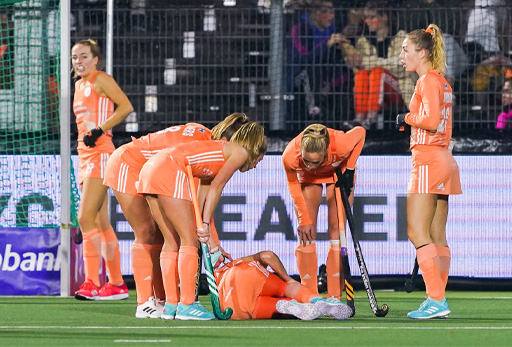4 Reducing injuries among female athletes
The claim that social factors may be at the heart of the issue helps suggest a strategy that may contribute to reducing injury prevalence. Fox et al. (2020) suggest that confining women’s injury risk to biological causes (e.g., hormones, anatomy, physiology) misrepresents the root cause of ACL injury, which is likely to be strongly influenced by what they term ‘gendered environmental disparities’ (different experiences in sport and less access to training facilities). Other causes could include women’s teams often being allocated artificial surfaces or poorer grass surfaces than men which can increase ACL injury rates (Braun, Wasterlain and Dragoo, 2013).
Currently not all females are coming to their sport with adequate skill and physical development (Parson, Coen, & Bekker, 2021). This is particularly important in relation to the muscles that support the knee and help to prevent ACL injuries. Improving neuromuscular control, which is teaching the nervous and muscular system to work effectively together, will help muscles to work in groups to move and stabilise joints. In particular it is important to train the neuromuscular system in a way that replicates movement patterns found in any chosen sport and for correct ‘landing techniques’ so that forces can be shared between muscle groups.
An analysis of studies into training for ACL prevention by Webster and Hewett (2018) showed that ACL prevention training programmes could reduce the number of injuries by 50% and non-contact ACLs by 67%. A good injury prevention programme [Tip: hold Ctrl and click a link to open it in a new tab. (Hide tip)] will incorporate many strategies including, strength and conditioning, learning effective movement patterns, learning safe landing techniques, core conditioning and tracking menstrual cycles.

